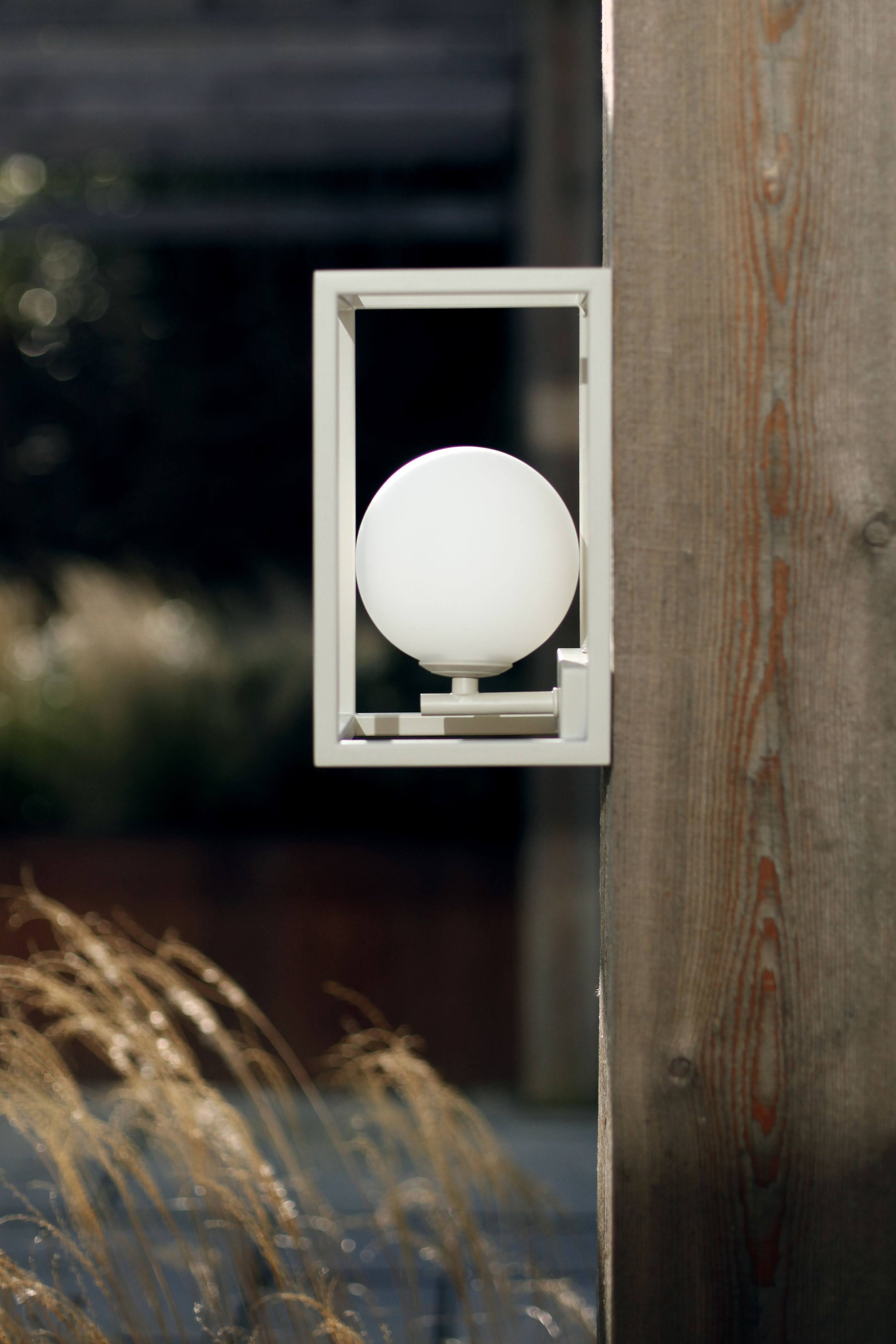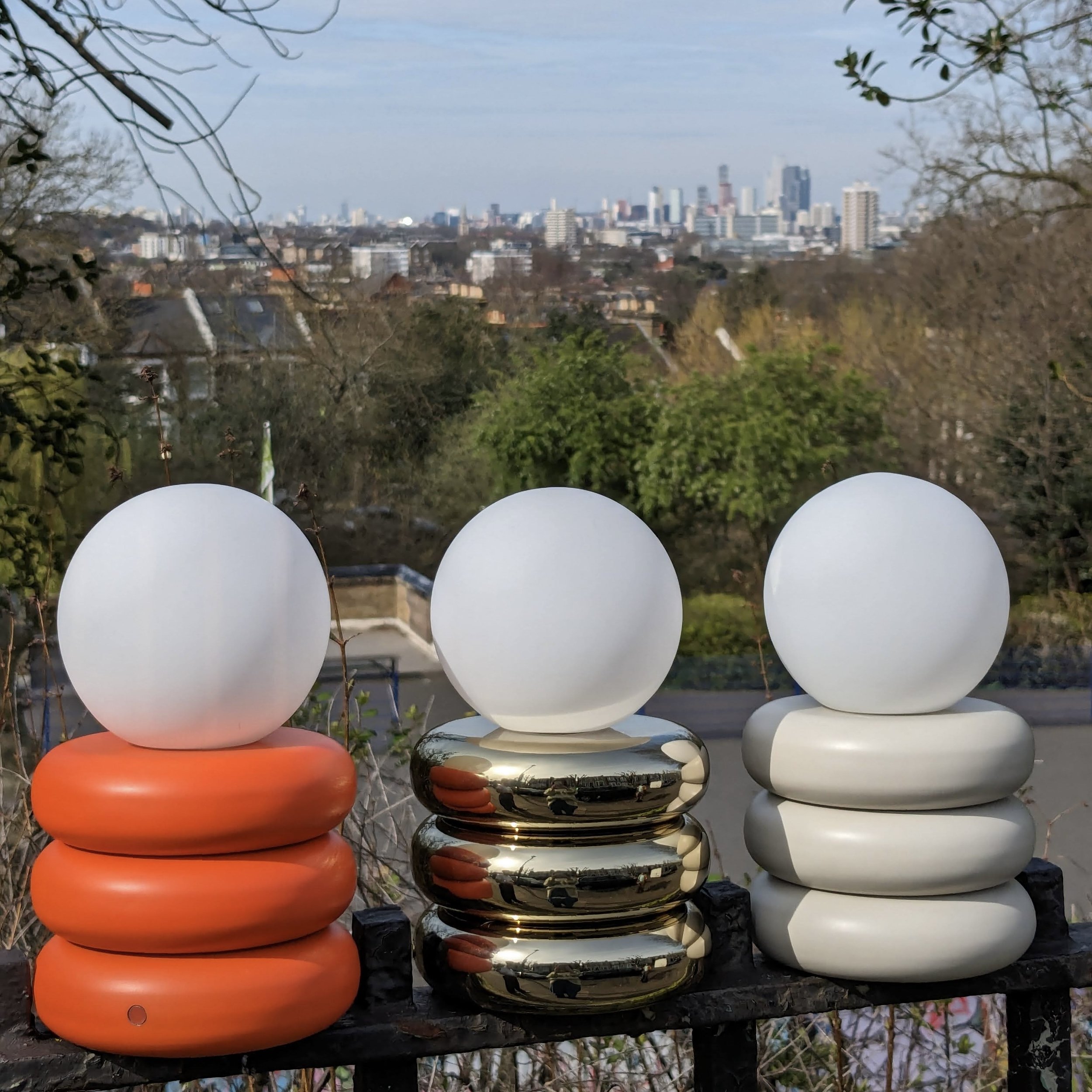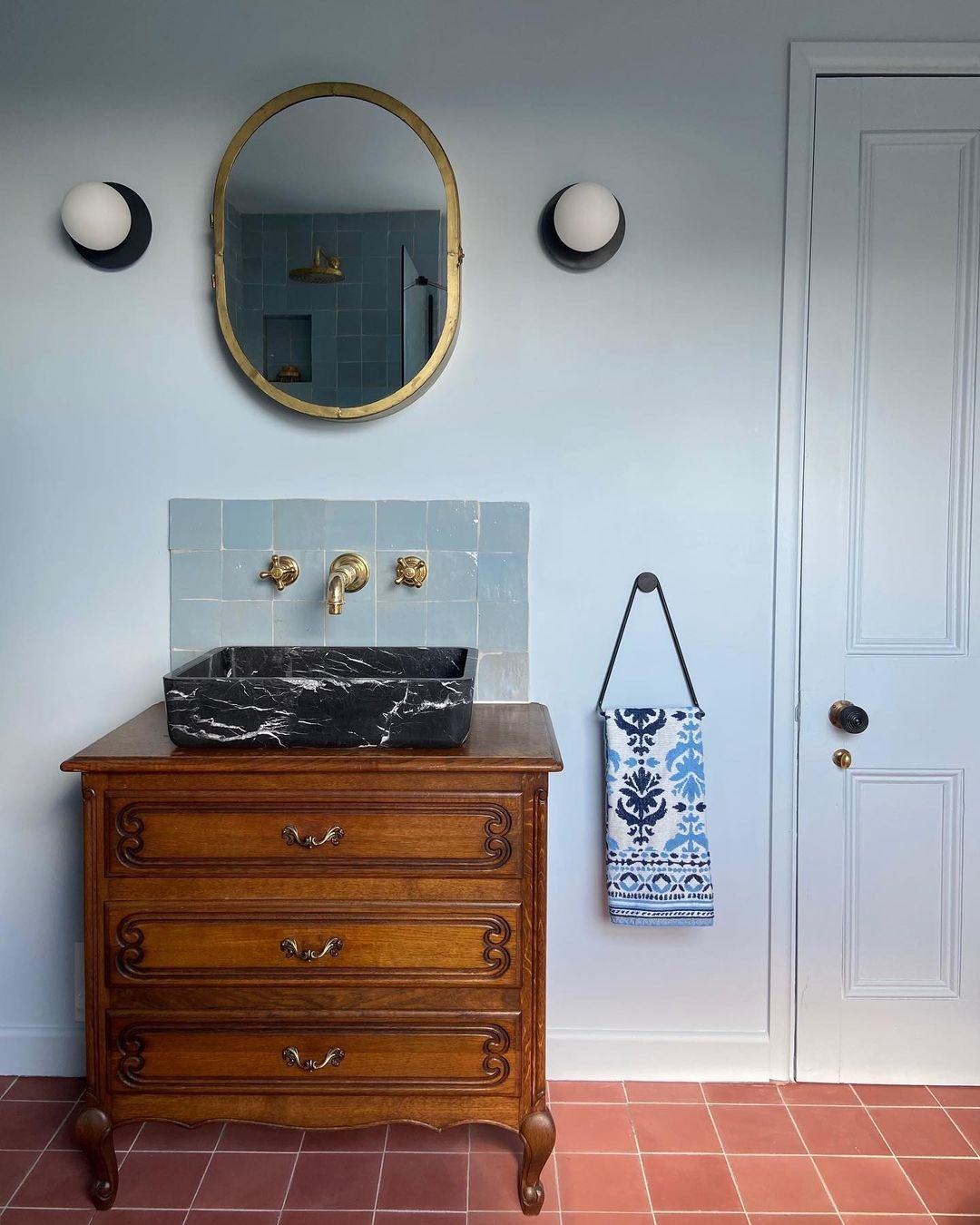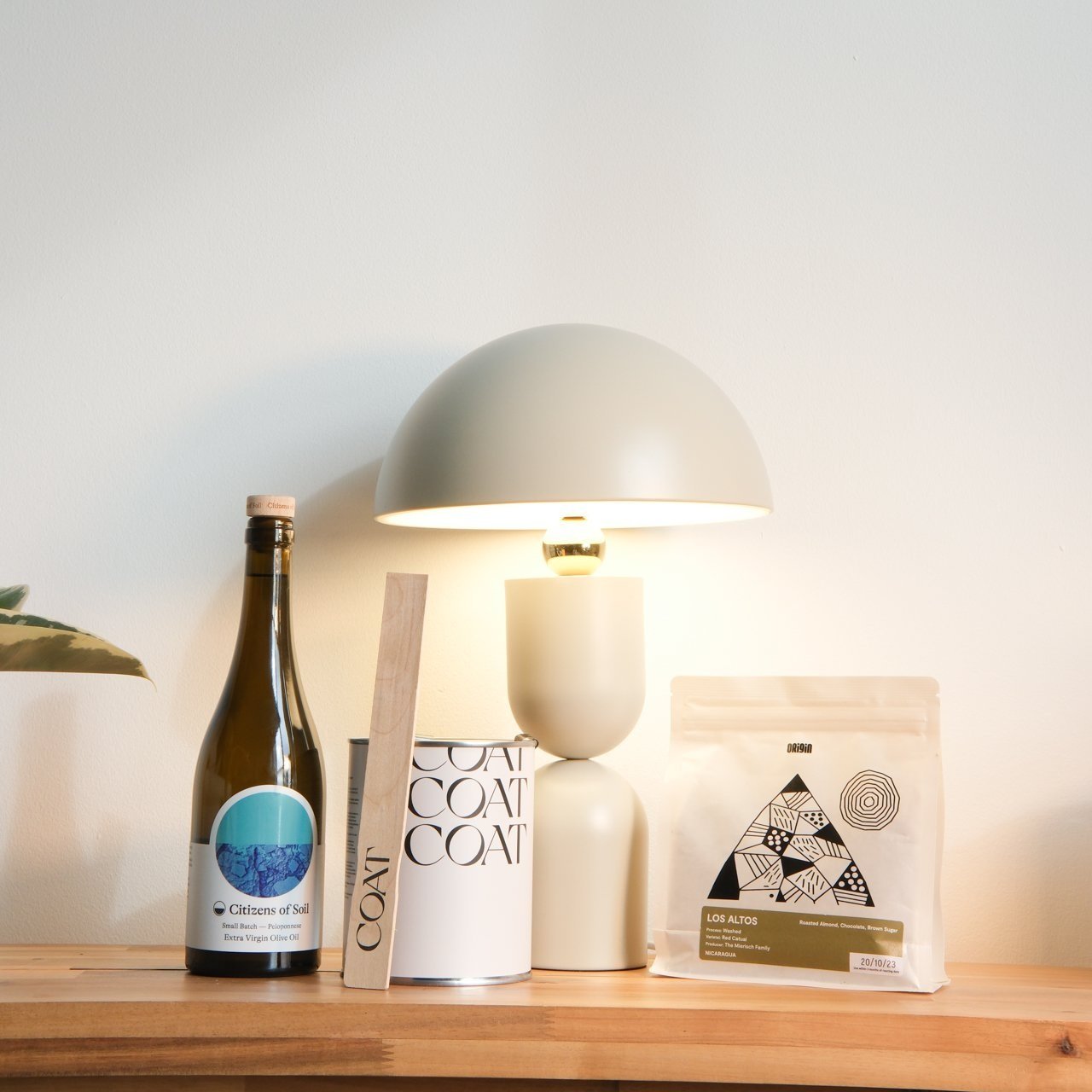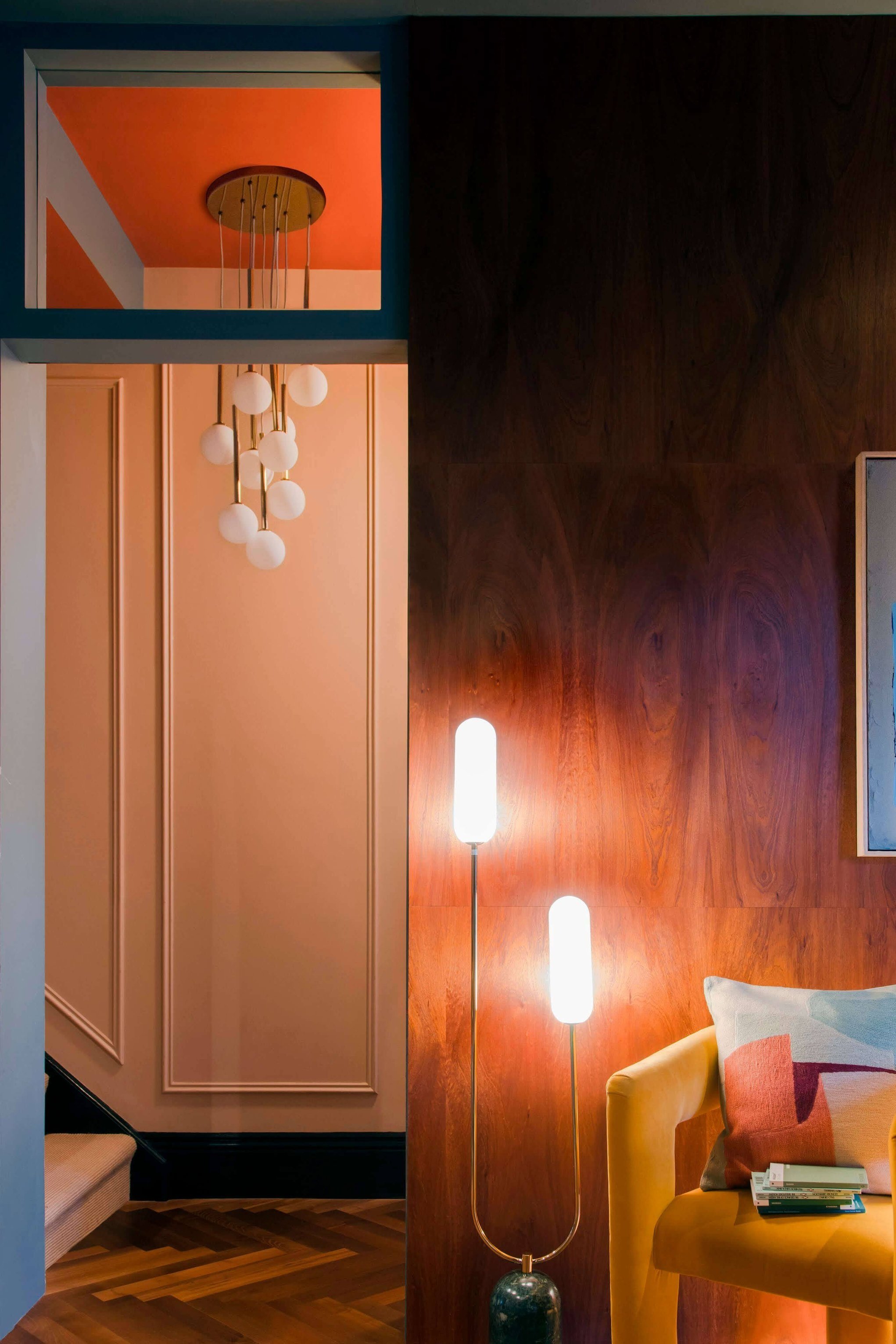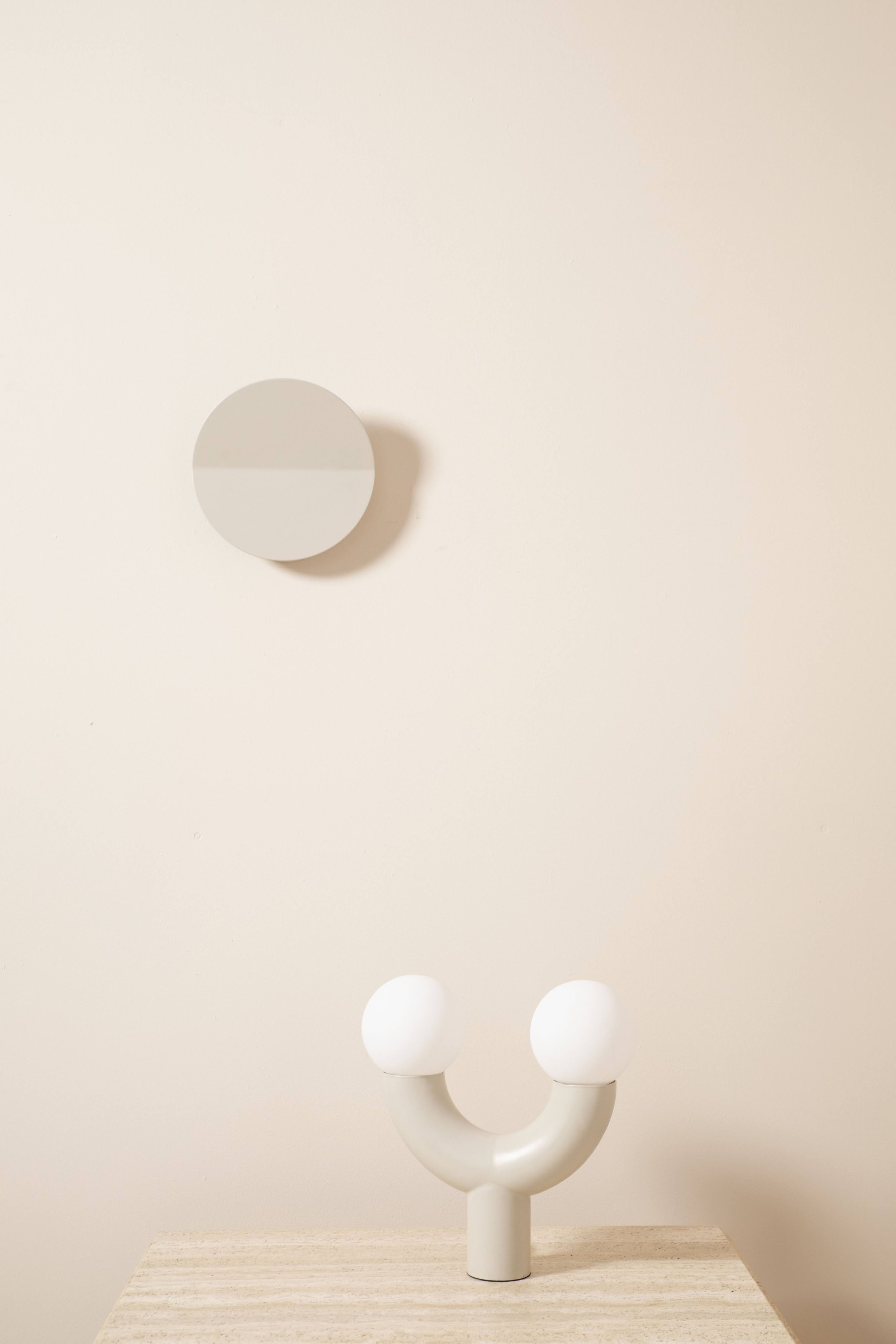How To Plan Staircase Lighting.
Staircases are the central networks of your home, providing smooth, seamless transportation from one level to the next, keeping coherence across living spaces and setting the tone for your interior design schemes above and below.
Image courtesy of Making It Lovely
Appearance is important, but staircases are functional too, and safety considerations must be made. Staircase lighting is a means of navigation, offering clarity and definition underfoot to minimise the risk of accidents — it’s a problem-solver, so we don’t want the lighting to be problematic in itself. We suggest you avoid glaring lights to protect your eyesight, and to factor in regular maintenance checks so that the quality of your lighting remains unchanged.
Choosing staircase lighting is simpler than it seems once you know what’s best for your setup. If you’re unsure where to start, do not sweat — houseof has gathered five top tips for securing both safe and stylish staircase lighting.
Plan Your Scheme
Image courtesy of archdaily.com
Lighting should be one of your primary considerations when designing a staircase. After all, your staircase lighting doesn’t operate in isolation — it’s a fundamental part of the overall effect, so it’s essential to get it right! Consider your fixing points — the staircase, tread level, or the wall. Your choice here is important and will determine the overall look and feel of your staircase, which can influence the atmosphere of your entire home.
If you’re thinking of installing wall lights and you don’t want cables hazardously trailing down the stairs (who does?!), you will need accessible plug sockets. And it’s worth overestimating the amount of plug sockets you need as your lighting collection may grow, and your desired aesthetic may change.
If you’re working with a pre-existing staircase, you may be unsure how to tackle its lighting needs. Staircases can often be awkward, narrow, and overseen by a high ceiling you don’t know what to do with. Such conditions only stress that lighting is essential in these areas - the more awkward, the greater the need for illumination! Do some tests with the lights already installed to see where there is too much light or a poverty of light and aim to correct this with your new installations. Consider which parts of your staircase you’d like to accentuate and those which you’d like to conceal.
Perfect Your Wall Lighting
Wall lighting is great for mapping the trajectory of your staircase. It’s also a decorative touch, spreading personality along your walls. houseof’s collection of modern wall lights are especially characterful, including our stunning range of diffuser wall lights, cone shade wall lights and opal ball wall lights.
We suggest you pick fixtures that won’t protrude too far outwards from the wall. Space may already be limited on your staircase, and you don’t want obstacles in your path. Choose subtle, withdrawn shapes, and style them in multiples on the walls alongside your staircase for the best effect. More lighting equals more visibility. It’s a quick fix. However, we advise you to consider the intensity of this lighting. You don’t want to dazzle yourself en route up to bed. So, when planning your staircase renovation, take a few trips up and down, marking the spots where your gaze falls as you walk, and avoid fixing your wall lights in the positions you’ve pinpointed. It’s not a great feeling to be blinded by light, so place your fixtures in spaces that won’t naturally catch your eye.
For extra protection, use bulbs that are mid-level brightness. This modest mode of illumination is likely to complement other lighting arrangements around your home, establishing a pleasing consistency across living spaces.
Staircase Lighting for High Ceilings
In general, lighting fixtures need to be in proportion with their surrounding space. If the fixture is too big it will overwhelm the setting, and if it’s too small the setting will swallow it up. You want your lighting choices to appear deliberate, and powerful. So, in the instance of high ceilings, be loud and proud with a large fixture.
Staircases can be tricky to illuminate because their drops are often very high. We recommend cabled lighting to rectify this, a more practical substitute to standard flush lights. You can keep the cables at their maximum length and project light exactly where you’d like it. Cluster lighting works well in this setting also—take a look at our opal ball cluster ceiling light for inspiration. This design has multiple bulbs, offering maximum light output, while the opal globe shades the light and prevents harsh glares.
Long pendant ceiling lighting is an ideal pick for localised light flow — a fancy pick, too! Place a pendant in the centre of your staircase so that light drops down between the treads, spreading an even distribution of ambient lighting over and across the staircase’s length. And there’s an even fancier fixture that will do the same job — a chandelier! You can rarely go wrong with a classic statement chandelier, a striking piece that won’t dramatically alter the appearance of your staircase, but elegantly illuminate it as you wish.
Image courtesy of @archillect
Stay Safe and Save Energy with Staircase Integrated Lighting
Staircase integrated lighting is the essential touch to perfect a modern appearance. We recommend LED strips, a fun, funky and futuristic vibe that will soak your staircase in a far-reaching flood of light. They are easy to install and can often be plugged in rather than hardwired, which means they are ideal for adding at a later stage in your home renovation, either to upgrade an old design or to bring light to a previously untouched space. LED strips with a diffused cover are our favourite kind, offering a neat, classy look.
All forms of LED lighting are great for staircases. They’re energy-savers, and staircase lights are likely to be left on for long periods of time as family and friends move about the house, especially throughout the winter months. Also, LED lights don’t emit any heat, so children aren’t at risk of burning themselves.
When choosing your LED lights, it’s important to understand which colour temperatures will look good against your interior materials, textures, and palettes. The colour temperature of a lighting system dictates the strength and hue of a light beam. Warm whites and deep yellows work well against dark surfaces such as mahogany woods and browns, and paler shades such as white or bright reds benefit from collaborating with sharper, cooler, blue-ish tones.
Celebrate Your Spiral Staircases
Spiral staircases are a speciality. If you have one, you ought to make it centre stage in your home. They’re normally open structures, so you’re likely to be relying on the lighting that surrounds the staircase as opposed to a light source kept inside it. The surrounding lights must therefore be bright and far-reaching with an even distribution of light. You can choose from our range of modern ceiling lights for the perfect finishing touch — chandeliers are our favourite complementary fixtures for spiral staircases, stretching a classy, elegant feel from the ceiling all the way to the bottom step.





